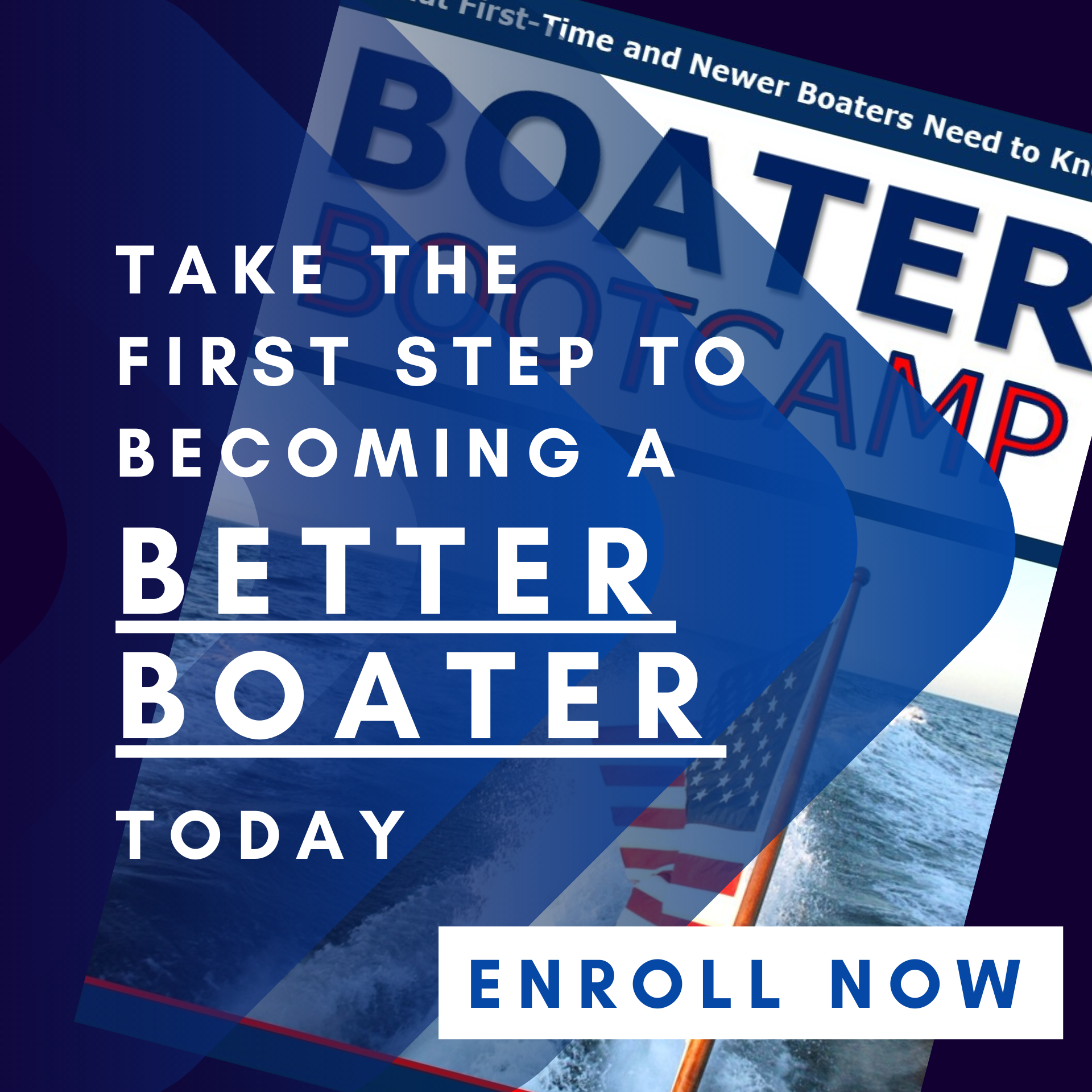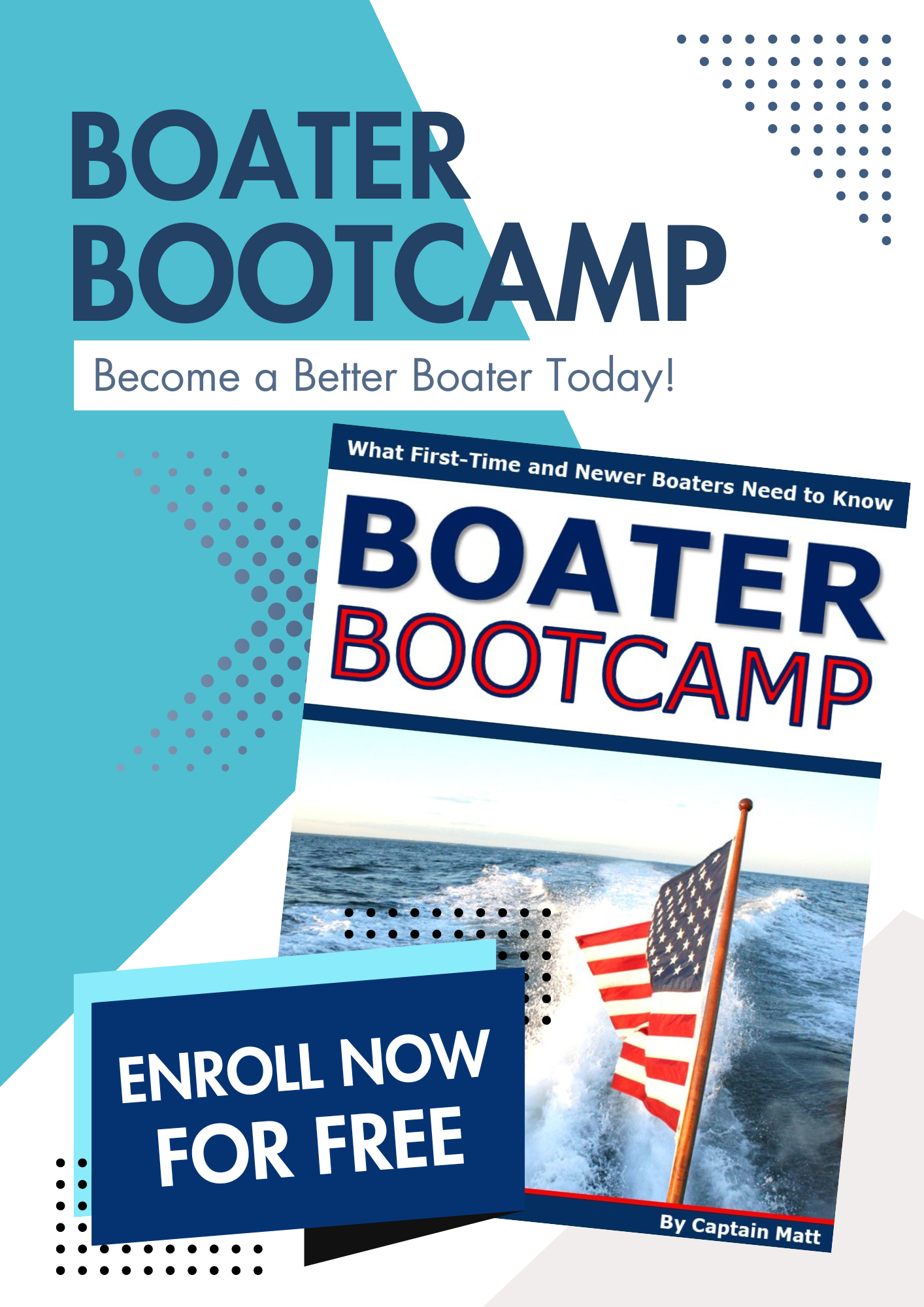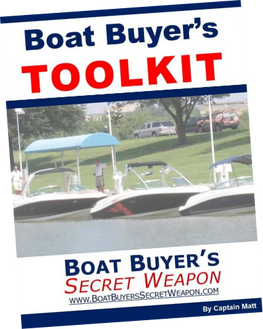"What Every Boater Needs to Know about Boating Rules/Safety in 11 Mins" is a comprehensive guide to boating rules and safety presented by Captain Matt, Boat Buyer's Secret Weapon. In less than 11 minutes, Captain Matt covers the most important aspects of boating rules and regulations, including the right of way, avoiding collisions, common navigation aids, VHF radio, hidden dangers, and the number one rule of boating safety.
Captain Matt explains that there is no exact right of way in boating, unlike driving. There are two types of vessels: the stand-on vessel, which should maintain course and speed, and the give-way vessel, which must make a significant course change to avoid a collision. The pecking order of vessels is the overtaken vessel, vessel not under command, fishing vessels with gear deployed, sailboats under sail, human-powered vessels, and power-driven vessels, including personal watercraft.
When meeting another boat head-on, both boats are give-way vessels, and they should make a significant course change to avoid a collision. If you are following someone, and you are traveling faster, you should make a significant change well behind them and pass to the starboard. Captain Matt recommends passing to starboard because it gives you a clear path, and you can avoid cutting in front of the boat you just passed, which is dangerous.
The most confusing situation for boaters is the crossing situation when two boats appear to be on a collision course. Captain Matt explains that if you give way to boats off your starboard or your right bow, you will be the giveaway vessel, and you need to make a maneuver to avoid them. You should make a significant move to starboard and pass them on their stern, so they continue going forward at their course and speed, and you pass them safely.
Captain Matt's recommendation for boaters is to keep a 360-degree mental map of everyone on the water, their direction, their speed, and their intention. Knowing their intention means knowing what they are doing and what they are likely to do. He also emphasizes that it is your responsibility to avoid a collision, even if other boaters do the unexpected or the wrong thing. The number one rule of boating safety is to always stay alert and aware of your surroundings.
Discover how to avoid the stress, frustration and yelling when docking and tying up your boat with the Best Boat Captain on the Water program!

















